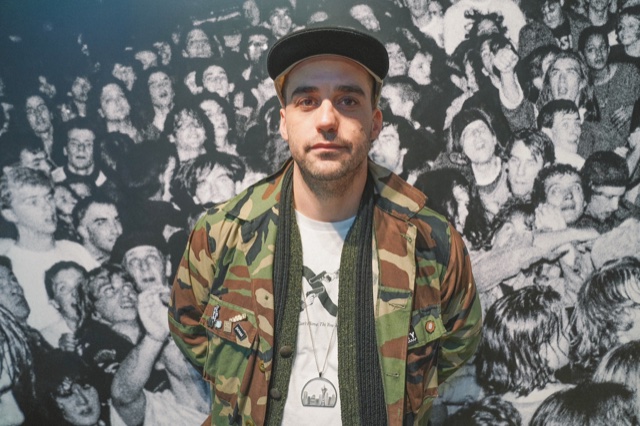
Tell us a little about Lil Woody’s and your story! How did you decide you wanted to open a restaurant? How did you get started?
I traveled a lot when I was working in music and I would always come across these cool little burger joints in the cities where we toured. Seattle had some good burger spots but nothing like what I was seeing on the road. So in 2011, we created our first Lil’ Woody’s on Capitol Hill with a lens on music, clothing, community and collaborations. We really just wanted to create a place where we wanted to eat that also uplifted our friends and neighbors who were doing creative things.
In our 12th year of business, we now have four burger joints in Seattle: Capitol Hill, White Center, Ballard and T-Mobile Park.
We also have a couple of new spots opening up, one on Microsoft Campus and one at SeaTac Airport.
We’re so grateful that people like what we do and that the creative collaborations keep coming.
The Arts Corps’ burger name is “Rise & Bloom”. How did artists and arts education play into your own rising and blooming as a youth?
Kate Becker. The Redmond Firehouse. I was a young alterna-teen and that’s where I went to All Ages shows, got inspired and realized I wanted to work in music and other creative projects. I started out working at Easy Street Records as a teenager where I worked for almost a decade. I also interned for Matt Vaughn during the Gruntruck years, and worked for his parents doing stuff for a Vancouver Industrial band called Econline Crush.
Then I started promoting nights at local clubs (Yo Son) and showcasing a bunch of local hip hop shows, did a stint managing local bands (Band of Horses, Sera Cahoone), started a record label (Under the Needle), opened some nightclubs (War Room) – worked hard, met a ton of creative people, learned a lot.
How does creativity come into play in your work?
Mostly around finding new people with whom to do creative things and collaborating with other creatives. There are always at least two points of view, two ways of looking at how to accomplish the same goal, and the outcome is often really different than I might expect going into it. So I try not to go into collaborations with restrictions or expectations – I stay open-minded and ready for a better idea to emerge out of the process, something better than what either of us might come up with on our own.
Creativity also comes into play when problem-solving. If I can get a real grasp on the issue we’re trying to solve, there is always a way to resolve it that serves everyone involved. I’ve learned not to force things, to take a deep breath and some space, and let the solution come. That’s all an essential part of the creative process too and it’s also good business.
